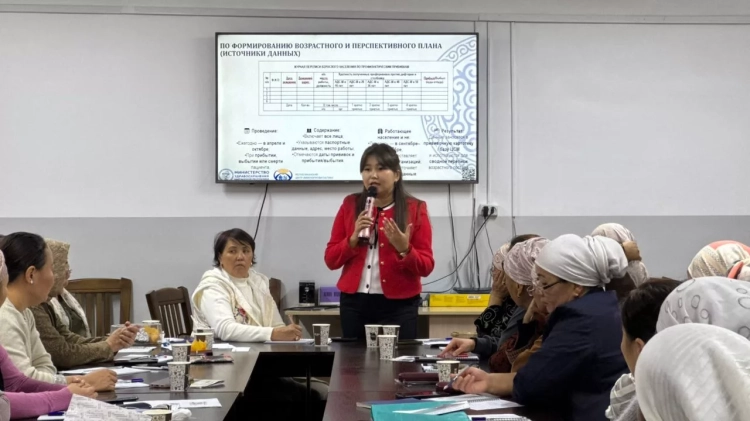It is worth noting that a large-scale study began last year and covered 18 regions of the country, revealing high blood lead levels in children in each of them.
Main Findings of the Study
- In Kyrgyzstan, one in five children has blood lead levels above the permissible limit, which raises serious concerns. Experts emphasize that this data reflects the overall health status of children, not just those living in polluted areas.
- Differences in lead levels are observed based on demographic and regional characteristics. The highest levels were found among boys, older children, as well as those living in rural areas and whose parents have low levels of education.
- Children from polluted areas have significantly higher blood lead levels compared to the national averages, especially among boys.
Why This Matters Lead is a potent toxin that negatively affects the cognitive and physical development of children. They are more susceptible to poisoning, as they absorb lead from the environment in larger quantities than adults, and their nervous systems are still developing.
Even a small amount of lead can lead to brain development issues, reduced intelligence, and a lower quality of life. The WHO recommends intervention for children with lead levels above 5 µg/dL; however, there is no safe level of lead for children.
This data becomes particularly relevant in light of discussions about the state program "Strategy for the Development of the Critical Minerals Sector of the Kyrgyz Republic for 2025–2030," which plans to develop lead deposits, as well as mercury, antimony, and uranium.
Experts emphasize the need for joint efforts from the government, experts, parents, and society to protect children's health.
How to Minimize Lead Exposure for Children?
Despite the dangers of lead, parents can take steps to reduce its impact:- Regularly wash children's hands, especially before meals;
- Keep the home clean by removing dust;
- Use clean water and thoroughly wash vegetables and fruits;
- Ensure a balanced diet rich in calcium, iron, and vitamin C, which helps reduce lead absorption by the body.
The only reliable way to detect lead poisoning is through a blood test.
What Should the Government Do?
The Coordination Council for Public Health under the Cabinet of Ministers is proposed to:- Include funding for monitoring heavy metal poisoning in children and improving water supply systems in the state program "Strategy for the Development of the Critical Minerals Sector for 2025–2030."
- Conduct sanitary assessments and inspections of residential buildings, especially in vulnerable areas and near industrial sites related to lead.
- Inform parents about the risks associated with lead dust and secondhand tobacco smoke, as well as the potential dangers of old houses.
- Support social programs by local authorities aimed at improving housing conditions in disadvantaged areas.

















